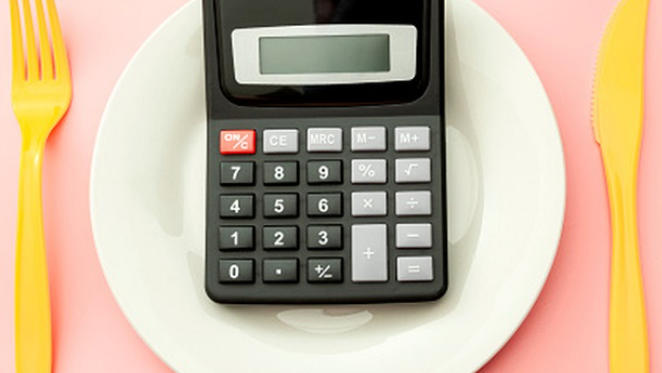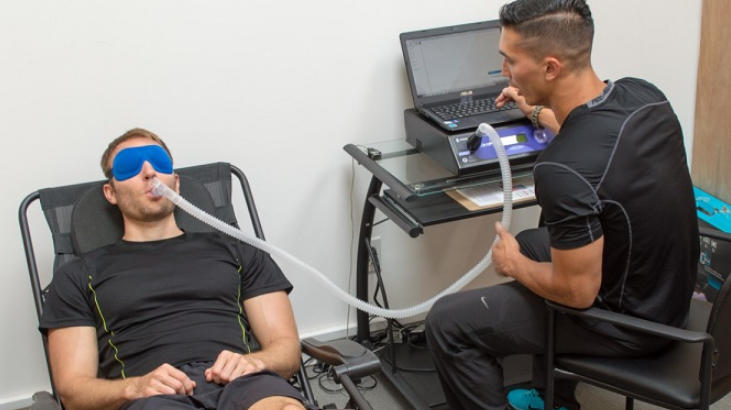Even if a person spends the entire day in bed without doing any physical activity, his organs still need calories to function. Basic functions such as blood supply, respiration, cell production, digestion and absorption of food, protein production, and ion transport are carried out at the basal metabolic rate. Knowing this number will help you know how many calories you need and make better diet and exercise decisions if you are trying to lose weight, gain muscle, or maintain your weight. Learn how to calculate the basic metabolism and plan with its help.

What is basal metabolism?
Some experts consider resting metabolic rate and resting metabolic rate to be the same thing. There are many similarities between these two terms, but it is important to know their differences as well.
For the most basic functions of the body, such as breathing, blood circulation, and cell production, the basal metabolism calculates the amount of calories required. In laboratory conditions, BMR can be calculated most accurately.
At rest, your body burns calories. After a full night’s sleep and before eating or exercising, resting metabolism is usually measured in the morning.
The definitions of basal metabolism and resting metabolism are almost identical. Resting metabolic rate can also be used to estimate basal metabolic rate. Some weight loss and fitness experts consider these two concepts to be the same and use them interchangeably.
Basal metabolism calculation
Calculation of basal metabolism through an experiment
A BMR calculation can help you reach your desired weight or maintain your fitness level. This number can be calculated using a formula designed by scientists or by going to a laboratory. Despite the fact that no method is completely accurate, you can get the most accurate estimate by experimenting.
In the absence of testing, most people calculate what they burn during the day using a basic calorie formula.
Formula for calculating basal metabolism
BMR is typically estimated using the Harris-Benedict formula.
Men’s BMR:
88.362 + (13.397 × weight in kilograms) + (4.799 × height in centimeters) – (5.677 × age in years)
Women’s BMR:
44.593 + (9.247 × weight in kilograms) + (3.098 × height in centimeters) – (4.33 × age in years)
Weight loss using basal metabolism
It is possible to reach your desired weight if you understand BMR and estimate it well. The calories you burn throughout the day can help you reach your desired weight by increasing your metabolism. Below, we explain how to lose weight using basic metabolism.

- Basal metabolism is altered
Each person’s basal metabolism is affected by a variety of factors. Among the factors affecting this number are genetics, age, gender, and body composition. Changing your body’s fat-to-muscle ratio can boost your metabolism, but you cannot change your genes, age, or gender.
How can you change the composition of your body? Building muscle is the best way to achieve this. In this way, even when your body is resting, lean muscle burns more calories than fat. A faster metabolism does not require you to be a bodybuilder. Exercise increases resting metabolism by 5% in people who do endurance training.
- Calorie intake should be increased daily
The number of calories you burn throughout the day is closely related to your basal metabolism. By changing your diet or activity level, you can consume more calories during the day. Based on your BMR and two other factors, you can estimate how many calories you burn each day.
About 60-75% of the calories you burn during the day come from your basal metabolism. Muscle size can be increased to increase this number.
Activities that generate heat (thermogenesis): sports and non-sports activities that consume 15 to 30% of a day’s calories.
The process of swallowing and digesting food generates about 10% of the calories burned in a day. Healthy diets rich in protein can contribute to a slight increase in this number.
You create a deficit or negative energy balance when you burn more calories than you consume, and you gain weight when you burn less calories than you consume.
How does a healthy basal metabolic rate work?
Each person’s amount is different. Since BMR is closely related to involuntary functions such as breathing and circulation, changing daily activities will not significantly affect it. Muscles require more metabolism, so increasing muscle mass can increase metabolism. As a result, the more muscles you have, the more calories you burn at rest.
During the day, your body burns a total number of calories called total daily energy expenditure. Depending on your activity level, age, and gender, this number reflects your basal metabolism and activity level throughout the day.
final word
It is important to know your basal metabolic rate and how many calories you burn throughout the day in order to achieve or maintain your ideal weight. You can make the necessary changes in your life and achieve results more easily if you have more information in this field. Additionally, if you record your calorie intake, you can easily adjust it to match your daily calorie burn.


